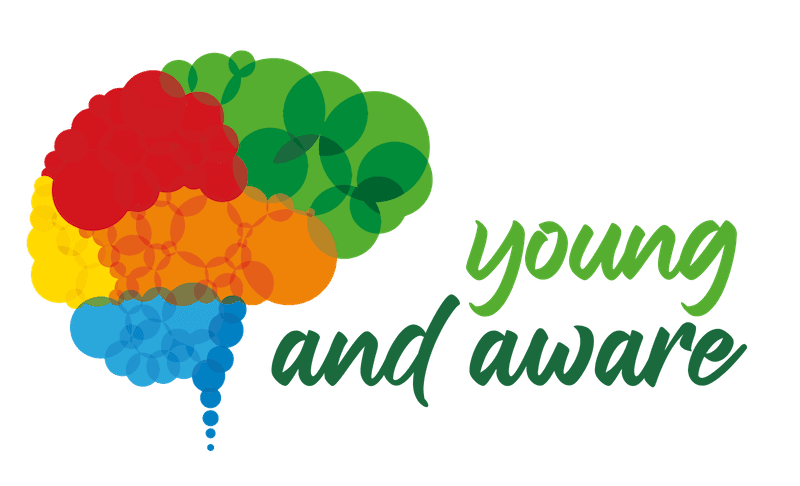Pornography is part of our teens’ lived reality, and many see it as “normal”. It is intertwined with their daily lives in one way or another. This is hugely concerning given that exposure and continued access to porn have well documented detrimental effects.
“When I sat down to talk with 16-year-old high school junior Sam about his exposure to pornography in public schools, the first word he used to describe it was “normal.”
This statement is taken from an interview with a high school student in March 2020. Here are a few ways that porn can impact teens’ lived reality:
Porn is a sex educator.
Key findings of an online survey of 1001 children and young people aged 11-16 across the UK found the following.
“A greater proportion of boys (44%) said that pornography had given them ideas about the types of sex they wanted to try than girls (29%).”
Porn is addictive.
Porn shapes desires.
Porn influences dating behaviours.
As quoted from the interview with Sam:
“Rather than dating, Sam says that “friends with benefits” is becoming the new term for relationships at his school.”
Porn normalises sexting.
“Sexting is rampant in public schools (and illegal!), and Sam says that sexting has had the most direct, visible effect on friendships and relationships among his peers. It tears people apart. Images that are supposed to be private are now circulated freely.”
Snapchat has enabled sexting more than any other app.
“Snapchat’s launch has taken sexting — the consensual act of sharing intimate photos — from a stigmatised and seedy activity to a mainstream and widely-accepted practice.”
Many kids remove their heads from the photo when sending nudes. Consequently, perhaps this provides them with a false sense of security. For those who watched the recent SBS 4 part series The Hunting, you may have picked up on the main character’s best friend responding when she found out her friend had sent a nude with “and you even left your face in it!”
As quoted in this article published in February 2018:
“One in seven teens report that they are sending sexts, and one in four are receiving sexts, according to our study of over 110,000 teens from around the world.”
Porn contributes to the volume of Child Exploitation Material.
Sexual images of young people under 18 are considered child sexual exploitation material. Some teens are so desperate for “likes” that they resort to sending nudes. These pics are often shared online and end up on predatory websites. As a result, some can unwillingly become victims of sextortion, negatively affecting their mental wellbeing and sense of safety ongoing.
Be an active listener.
So what can we do to support our teens? Some advice doesn’t always translate into a realistic option for them, so we need to be listening to what they say.
When asking for the opinion of the teens in my world, they unanimously agree that “blocking is a big deal”. They say that “blocking” is an absolute last resort and can have substantial social consequences.
They tell me that it’s not easy for parents to imagine their world because, after all, we’re “Boomers”. (Actually, I’m not one, but I am told we’re all lumped together in the same camp????)
They assure me that even if parents were to create a social media account and follow what’s going on, we would not fully understand. Our teens’ connections are not our friends or social acquaintances. We don’t have any context or emotional attachment to what we’re viewing.
Have regular conversations.
Does your young person know who they can approach or where they can seek help? As a parent, do you know how to help?
The boy in the above article was comfortable talking to the journalist because his parents spoke to him about pornography and had boundaries at home. Similarly, we can equip our young people with regular conversations to be critical of porn’s messaging. A flow-on from that can be that the distorted and confusing messages from porn are no longer overwhelming, and they feel more empowered in their decision-making.
During these regular conversations, we need to remind our teens that they can come to us when (not if) they make a mistake. Allowing them to know this will not encourage them to do the wrong thing but will hopefully allow them to feel safe to come to us if or when they need to.
Reporting non-consensual sharing of sexual images.
Suppose an intimate image has been shared or threatened to be shared without your teen’s consent. In that case, they (or you) can make a report to the eSafety Commissioner. Teens can also find eSafety information to help guide them through various online and social pressures, cyberbullying, peers creating drama online, trolling, receiving unwanted nudes or being pressured to send nudes, online gaming, plus more. And for times when they just don’t want to talk to you or need an outsider’s point of view, point them towards Kids Helpline, which is accessible for young people up to the age of 25. Admittedly, they might be tempted to think it’s lame, but there’s no shame in asking for help. Ever.
Finding more resources.
It can be a shock to learn that your young person is struggling to manage their porn consumption. Youth Wellbeing Project provides Essential Resources, including links that will help you become informed, filters, apps & recovery resources, videos, plus more. In addition, Culture Reframed’s Program for Parents guides parents through topics that provide skills to build young people’s resilience and resistance to hypersexualised media and the impacts of pornography.
In conclusion, regular, honest conversations are your teen’s best chance to develop resilience and find clarity as they navigate porn culture. Despite any protests, the truth is that they need you now, more than ever.
This article was authored by Jen Hoey, Parent Cyber Safety Consultant and founder of Not my Kid. Learn more about Jen and her mission to preserve childhood and keep all children safe from online child exploitation by empowering their parents through education.
If you are in Australia and need help with a cyber safety issue, the eSafety Commissioner can help. eSafety can investigate cyberbullying of children, adult cyber abuse, image-based abuse (sharing, or threatening to share, intimate images without the consent of the person shown) and illegal and restricted content. Report abuse here.
Report concerns to the Australian Center to Counter Child Exploitation (ACCCE) about inappropriate behaviour towards children that you find online. This service can be used to report:
- Suspected online grooming or unwanted contact.
- An individual having a conversation with a child online and saying and doing inappropriate things or trying to meet in person.
- Live streaming and consuming child sexual abuse material.
- Coercing and blackmailing children for sexual purposes.


